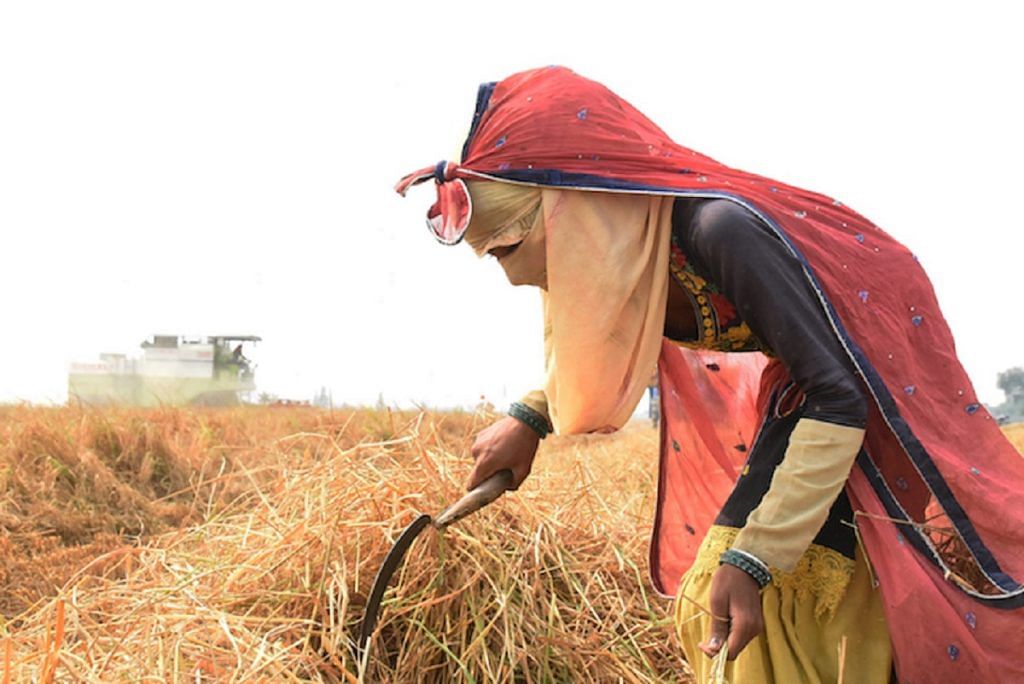Agricultural land ceiling laws in India harm investment in agriculture sector and penalise farmers from making improvements to their land.
After stifling farmers’ income and avenues for growth for decades, these laws, which differ from state to state, continue be a reminder of the time the zamindari system was abolished to distribute land among the landless. That era may have seen zamindars with vast tracts of land losing ownership, the continuation of agricultural land ceiling laws today are not expropriating big landholders anymore but the small farmers.
For instance, an irrigation project in Maharashtra would require the state government to take away 66 per cent of farmers’ land near the project site.
Land ceiling laws
The agricultural land ceiling laws were enacted in the 1960s after the abolition of the zamindari system. There were some amendments to the Act in the following decade. But for various reasons, the redistribution of land did not take off in most states, even as the legislation that puts a limit on how much land a family can own continues to remain in force.
This limit is also dependent on the type of irrigation facility available for the land. If the land is irrigated for two crops a year (perennially irrigated), the amount of land that can be held is the lowest. If irrigation is available for one crop a year (single crop land), farmers can keep a higher amount of land. If the land is not irrigated (dry land), the limit is the highest.
Also read: India’s woeful land records will have trouble identifying farmers eligible for Rs 500/month
The limit of land holding varies from state to state. For example, in West Bengal, the limit on perennially irrigated land is 5 hectares and dry land is 7 hectares. For Haryana, it is 7.25 hectares for perennially irrigated and 21.8 hectares for dry land. In Madhya Pradesh, it is 7.28 hectares and 21.85 hectares, respectively. Some states like Andhra Pradesh have sub-categories within these limits depending on the district where the land is situated. For most states, the ceiling ratio of dry land to perennially irrigated land is 3:1.
Prevents farmers’ growth
The land ceiling laws may have allowed for re-distribution of land in the past but today, they act as a barrier to the growth of farmers’ income. Successful farmers who own land as per the ceiling limits are unable to buy more land and increase their income. Land ceiling laws prevent normal economic growth where efficient producers can acquire more means of production (land) to increase their outputs. Land ceiling laws prohibit not only owning agricultural land but also leasing such land.
On the other hand, fragmentation of land is guaranteed due to inheritance. Successive generations must divide the inherited land among the siblings. Each sibling may purchase land up to the ceiling but not more than that.
Cruel act of irrigation development
Some land ceiling laws, like Maharashtra’s, state that if the farmer builds a tube-well with a pump privately (after 1972), it does not change its categorisation from dry land to irrigated land [Section 2(e)(3)]. This encourages farmers to tap groundwater and carry out improvements on their land. However, if the state government builds an irrigation project near such dry land, the land ceiling laws apply. As a consequence, a farmer holding 21 hectares of dry land (with pump irrigation) has to hand over 14 hectares (roughly 66 per cent) to the state.
Also read: Land reform a game-changer that Narendra Modi government has overlooked
At that time, pumps were not prevalent. However, 50 years of rural electrification, subsidised diesel and other developments have made pump irrigation ubiquitous in India.
Today, where most plots are perennially irrigated through pumps, an irrigation canal will not substantially increase the production/income of a farmer. However, any irrigation project will result in the state taking away 66 per cent of a farmer’s land because a new canal has been built next to his/her land. This is cruel. Losing more than half of the primary income generating asset would be a severe stress on anyone’s income. One could even argue that such a law violates the right to carry out a profession under Article 19 of the Constitution. However, agricultural land ceiling laws have been placed under the 9th Schedule of the Constitution, which prevents the courts from striking them down.
Pump irrigation on individual plots of land is expensive, inefficient, and unsustainable. Groundwater depletion is rampant across the country. Some have prescribed sustainable canal irrigation as an alternative. Declining public investments in irrigation has been pointed out to be a problem by economists. However, such analysis and policy recommendations ignore the legal consequences of an irrigation canal — up to 66 per cent loss of land for the farmer. From this perspective, irrigation projects do not seem to be the real game changer they are touted to be.
Conclusion
Agricultural land ceiling laws have outlived their use. Even if the original redistribution system from the zamindari era was the desired outcome, the time for that has passed. Today, the land ceiling laws are affecting small farmers. The interplay between irrigation and the ceiling laws is just one of the perverse outcomes of such laws. Seven decades have passed since the Republic was established. It is time we repealed these laws and allowed farmers the freedom to grow economically.
Also read: Congress, BJP and every other party owe Dalits their land, not just khichdi
Ila Patnaik is a Professor at the National Institute of Public Finance and Policy.
Shubho Roy is a consultant at NIPFP.
The authors would like to thank Barun Mitra and Makarand Doijad for valuable insights, and Karan Gulati for research support.
This article is third in a series by the authors on the need to repeal some old laws. Read the first and the second here.
